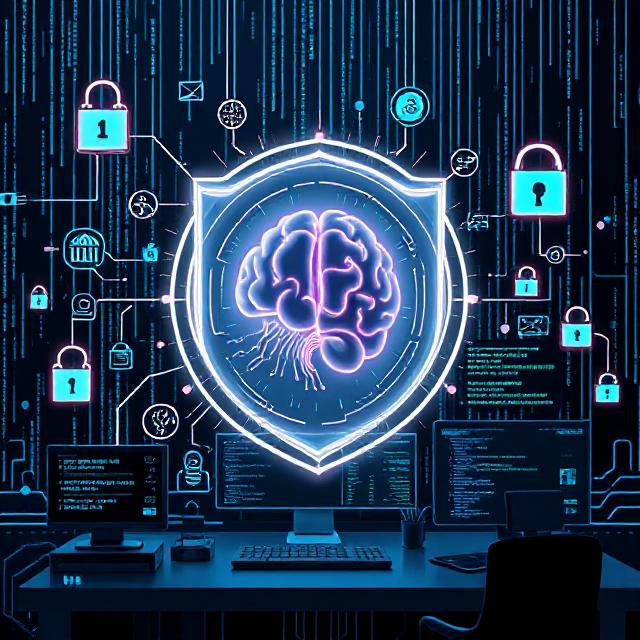
Radoms Digital Team•June 13, 2024•
AI SecuritySoftware SecurityAdversarial AICybersecurityMachine LearningModel ProtectionData Privacy
Securing AI-Powered Applications: What Developers Must Know
AI-powered applications are revolutionizing industries—but they also introduce unprecedented security challenges. Traditional security protocols often fall short when protecting intelligent systems. Developers must rethink their security approach from data ingestion to model deployment.
⚠️ Unique Security Threats in AI Systems
- 🧬 Data Poisoning: Malicious actors can corrupt training datasets to bias or cripple AI behavior.
- 🧠 Model Theft: Public-facing APIs and endpoints can be exploited to replicate or steal proprietary models (a.k.a. model extraction).
- 🎯 Adversarial Inputs: Subtle manipulations to input data (like pixels in images) can cause AI models to misclassify, often without human notice.
- 🔓 Privacy Leakage: Sensitive personal data in training sets can inadvertently resurface during inference or be extracted via membership inference attacks.
🛡️ How to Secure AI Applications
- 🔍 Data Validation: Rigorously clean, validate, and monitor incoming data pipelines—both for training and real-time inference.
- 📊 Model Monitoring: Track model drift, accuracy drops, and behavioral anomalies with tools like EvidentlyAI, Arize, or Amazon SageMaker Monitor.
- 🔐 Secure Model Access: Use robust authentication (OAuth, API keys), request throttling, and output obfuscation to protect model endpoints.
- 🗃️ Privacy-Preserving Techniques: Leverage differential privacy, federated learning, and encryption to secure training data and outputs.
- 📚 Stay Informed: Keep up with adversarial ML research, such as papers from OpenAI, DeepMind, and MITRE ATLAS for evolving threat vectors.
🚨 Why AI Security Can't Be Ignored
Compromised AI systems can be manipulated, biased, or weaponized. In industries like healthcare, finance, and law enforcement, this can lead to catastrophic consequences.
Securing AI isn't just about protecting code—it's about safeguarding trust, ethics, and the long-term viability of intelligent systems.
🔁 Bonus: AI Security Best Practices Checklist
- ✅ Use adversarial training to build model robustness.
- ✅ Run red-teaming simulations on AI systems regularly.
- ✅ Version control your datasets and models for traceability.
- ✅ Limit the information exposed via AI model responses (no probability scores or raw logits).
- ✅ Maintain audit logs for all AI interactions and changes.
By embedding security at every layer of your AI architecture, you'll ensure your innovations stay reliable, compliant, and resilient.
